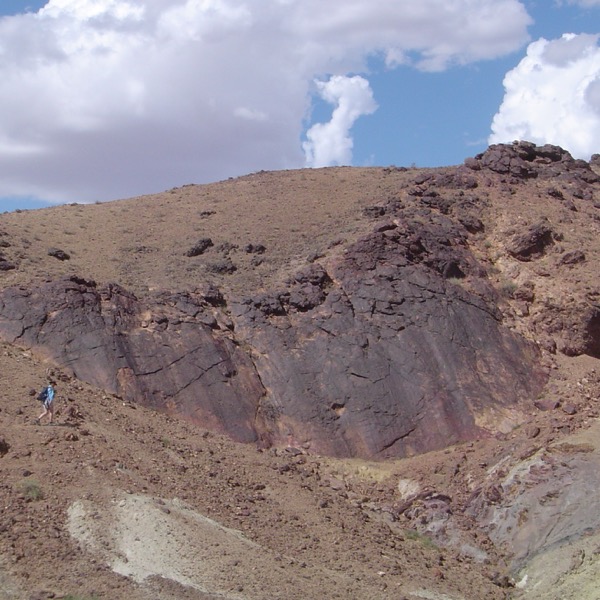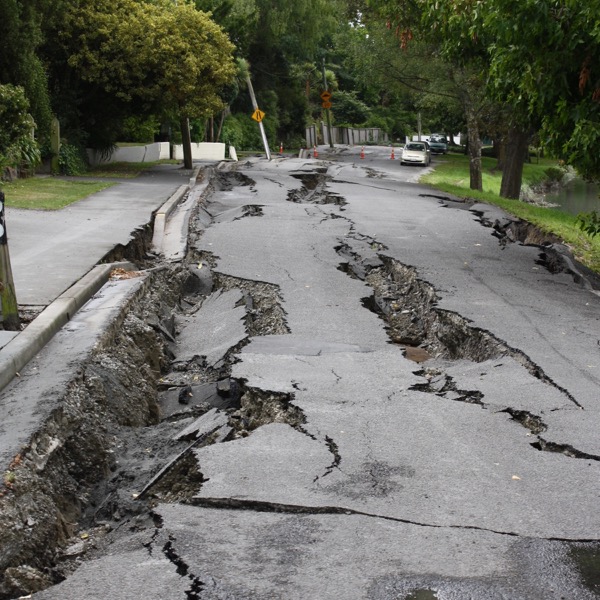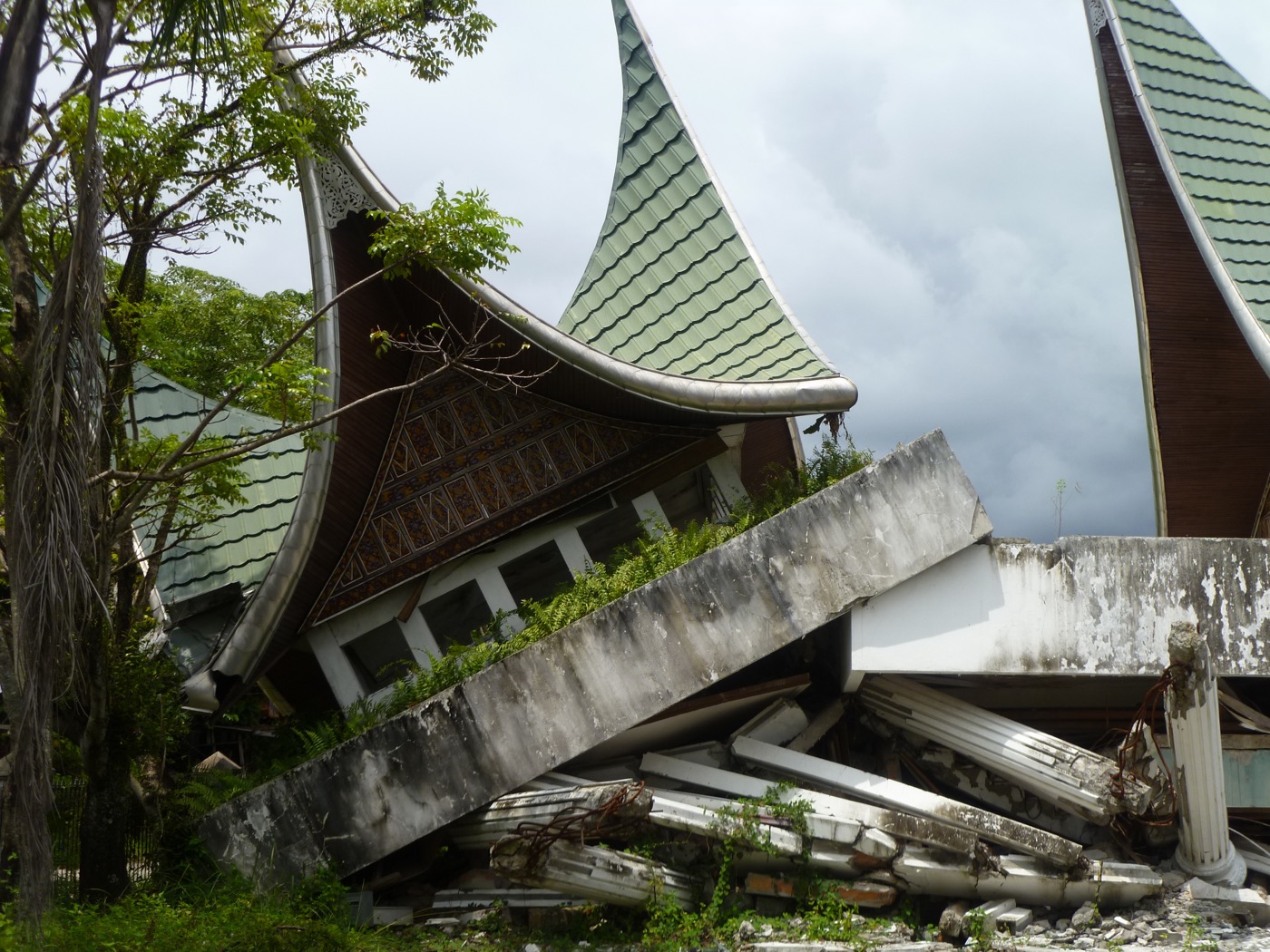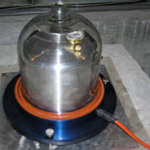10.1: Introduction
- Page ID
- 12935
\( \newcommand{\vecs}[1]{\overset { \scriptstyle \rightharpoonup} {\mathbf{#1}} } \)
\( \newcommand{\vecd}[1]{\overset{-\!-\!\rightharpoonup}{\vphantom{a}\smash {#1}}} \)
\( \newcommand{\dsum}{\displaystyle\sum\limits} \)
\( \newcommand{\dint}{\displaystyle\int\limits} \)
\( \newcommand{\dlim}{\displaystyle\lim\limits} \)
\( \newcommand{\id}{\mathrm{id}}\) \( \newcommand{\Span}{\mathrm{span}}\)
( \newcommand{\kernel}{\mathrm{null}\,}\) \( \newcommand{\range}{\mathrm{range}\,}\)
\( \newcommand{\RealPart}{\mathrm{Re}}\) \( \newcommand{\ImaginaryPart}{\mathrm{Im}}\)
\( \newcommand{\Argument}{\mathrm{Arg}}\) \( \newcommand{\norm}[1]{\| #1 \|}\)
\( \newcommand{\inner}[2]{\langle #1, #2 \rangle}\)
\( \newcommand{\Span}{\mathrm{span}}\)
\( \newcommand{\id}{\mathrm{id}}\)
\( \newcommand{\Span}{\mathrm{span}}\)
\( \newcommand{\kernel}{\mathrm{null}\,}\)
\( \newcommand{\range}{\mathrm{range}\,}\)
\( \newcommand{\RealPart}{\mathrm{Re}}\)
\( \newcommand{\ImaginaryPart}{\mathrm{Im}}\)
\( \newcommand{\Argument}{\mathrm{Arg}}\)
\( \newcommand{\norm}[1]{\| #1 \|}\)
\( \newcommand{\inner}[2]{\langle #1, #2 \rangle}\)
\( \newcommand{\Span}{\mathrm{span}}\) \( \newcommand{\AA}{\unicode[.8,0]{x212B}}\)
\( \newcommand{\vectorA}[1]{\vec{#1}} % arrow\)
\( \newcommand{\vectorAt}[1]{\vec{\text{#1}}} % arrow\)
\( \newcommand{\vectorB}[1]{\overset { \scriptstyle \rightharpoonup} {\mathbf{#1}} } \)
\( \newcommand{\vectorC}[1]{\textbf{#1}} \)
\( \newcommand{\vectorD}[1]{\overrightarrow{#1}} \)
\( \newcommand{\vectorDt}[1]{\overrightarrow{\text{#1}}} \)
\( \newcommand{\vectE}[1]{\overset{-\!-\!\rightharpoonup}{\vphantom{a}\smash{\mathbf {#1}}}} \)
\( \newcommand{\vecs}[1]{\overset { \scriptstyle \rightharpoonup} {\mathbf{#1}} } \)
\( \newcommand{\vecd}[1]{\overset{-\!-\!\rightharpoonup}{\vphantom{a}\smash {#1}}} \)
\(\newcommand{\avec}{\mathbf a}\) \(\newcommand{\bvec}{\mathbf b}\) \(\newcommand{\cvec}{\mathbf c}\) \(\newcommand{\dvec}{\mathbf d}\) \(\newcommand{\dtil}{\widetilde{\mathbf d}}\) \(\newcommand{\evec}{\mathbf e}\) \(\newcommand{\fvec}{\mathbf f}\) \(\newcommand{\nvec}{\mathbf n}\) \(\newcommand{\pvec}{\mathbf p}\) \(\newcommand{\qvec}{\mathbf q}\) \(\newcommand{\svec}{\mathbf s}\) \(\newcommand{\tvec}{\mathbf t}\) \(\newcommand{\uvec}{\mathbf u}\) \(\newcommand{\vvec}{\mathbf v}\) \(\newcommand{\wvec}{\mathbf w}\) \(\newcommand{\xvec}{\mathbf x}\) \(\newcommand{\yvec}{\mathbf y}\) \(\newcommand{\zvec}{\mathbf z}\) \(\newcommand{\rvec}{\mathbf r}\) \(\newcommand{\mvec}{\mathbf m}\) \(\newcommand{\zerovec}{\mathbf 0}\) \(\newcommand{\onevec}{\mathbf 1}\) \(\newcommand{\real}{\mathbb R}\) \(\newcommand{\twovec}[2]{\left[\begin{array}{r}#1 \\ #2 \end{array}\right]}\) \(\newcommand{\ctwovec}[2]{\left[\begin{array}{c}#1 \\ #2 \end{array}\right]}\) \(\newcommand{\threevec}[3]{\left[\begin{array}{r}#1 \\ #2 \\ #3 \end{array}\right]}\) \(\newcommand{\cthreevec}[3]{\left[\begin{array}{c}#1 \\ #2 \\ #3 \end{array}\right]}\) \(\newcommand{\fourvec}[4]{\left[\begin{array}{r}#1 \\ #2 \\ #3 \\ #4 \end{array}\right]}\) \(\newcommand{\cfourvec}[4]{\left[\begin{array}{c}#1 \\ #2 \\ #3 \\ #4 \end{array}\right]}\) \(\newcommand{\fivevec}[5]{\left[\begin{array}{r}#1 \\ #2 \\ #3 \\ #4 \\ #5 \\ \end{array}\right]}\) \(\newcommand{\cfivevec}[5]{\left[\begin{array}{c}#1 \\ #2 \\ #3 \\ #4 \\ #5 \\ \end{array}\right]}\) \(\newcommand{\mattwo}[4]{\left[\begin{array}{rr}#1 \amp #2 \\ #3 \amp #4 \\ \end{array}\right]}\) \(\newcommand{\laspan}[1]{\text{Span}\{#1\}}\) \(\newcommand{\bcal}{\cal B}\) \(\newcommand{\ccal}{\cal C}\) \(\newcommand{\scal}{\cal S}\) \(\newcommand{\wcal}{\cal W}\) \(\newcommand{\ecal}{\cal E}\) \(\newcommand{\coords}[2]{\left\{#1\right\}_{#2}}\) \(\newcommand{\gray}[1]{\color{gray}{#1}}\) \(\newcommand{\lgray}[1]{\color{lightgray}{#1}}\) \(\newcommand{\rank}{\operatorname{rank}}\) \(\newcommand{\row}{\text{Row}}\) \(\newcommand{\col}{\text{Col}}\) \(\renewcommand{\row}{\text{Row}}\) \(\newcommand{\nul}{\text{Nul}}\) \(\newcommand{\var}{\text{Var}}\) \(\newcommand{\corr}{\text{corr}}\) \(\newcommand{\len}[1]{\left|#1\right|}\) \(\newcommand{\bbar}{\overline{\bvec}}\) \(\newcommand{\bhat}{\widehat{\bvec}}\) \(\newcommand{\bperp}{\bvec^\perp}\) \(\newcommand{\xhat}{\widehat{\xvec}}\) \(\newcommand{\vhat}{\widehat{\vvec}}\) \(\newcommand{\uhat}{\widehat{\uvec}}\) \(\newcommand{\what}{\widehat{\wvec}}\) \(\newcommand{\Sighat}{\widehat{\Sigma}}\) \(\newcommand{\lt}{<}\) \(\newcommand{\gt}{>}\) \(\newcommand{\amp}{&}\) \(\definecolor{fillinmathshade}{gray}{0.9}\)Module 10
Earthquakes
Introduction
It was the deadliest day in the history of Mt. Everest. On April 25, 2015, a 7.8 magnitude earthquake hit Nepal. This triggered an avalanche that killed 19 climbers on Mt. Everest. In Nepal, over 8,800 people died, and many more were injured and made homeless. Hundreds of aftershocks (smaller earthquakes that follow a larger earthquake) have occurred since that day.

Earthquakes are not new to this region. A similar death toll was experienced in a 1934 earthquake, and many other smaller earthquakes have occurred within historical times. An 1833 quake of similar magnitude resulted in less than 500 deaths, though this was most likely due to two very large foreshocks (smaller earthquakes that precede the main earthquake) that sent most residents out of doors in alarm, which was safer for them. Worldwide, there have been much deadlier and stronger earthquakes in just this century (e.g. Haiti, 2010 – 316,000 dead; Sumatra, 2004 – 227,000 dead; a large number of deaths in each of these events was due to ground shaking and the other hazards that were created by the earthquake). Earthquakes give geologists valuable information about Earth’s interior and about conditions at Earth’s surface. As you have learned, most earthquakes occur at plate boundaries.
Select an image to view larger


Module Objectives
At the completion of this module you will be able to:
- Explain how the principle of elastic deformation applies to earthquakes.
- Describe how the main shock and the immediate aftershocks define the rupture surface of an earthquake, and explain how stress transfer is related to aftershocks.
- Describe the relationship between earthquakes and plate tectonics.
- Distinguish between earthquake magnitude and intensity, and explain some of the ways of estimating magnitude.
- Describe how earthquakes lead to the destruction of buildings and other infrastructure, fires, slope failures, liquefaction, and tsunamis.
- Discuss the value of earthquake predictions, and describe some of the steps that governments and individuals can take to minimize the impacts of large earthquakes.
Activities Overview
See the Schedule of Work for dates of availability and due dates.
Be sure to read through the directions for all of this module’s activities before getting started so that you can plan your time accordingly. You are expected to work on this course throughout the week.
Discussion 4
30 points, class participation
For this week’s “Current Events in Geology” topic, you should earn 30 points towards the 150 points of class participation. It is important that you feel engaged in this class. Discussion topics are very flexible, and can cover anything in geology or a related field, including hydrology or water resources, environmental or climate science, paleontology, planetary geology, etc. This is a great opportunity for you to learn about topics in geology that interest YOU, and to see that many interesting things relating to geology are currently making headlines in the news. You are also helping your instructor to become aware of what is going on and to learn new things, so I appreciate your efforts and look forward to reading what you find!
Pay close attention to the Course Schedule for when each of your posts are due. Some are due earlier than others. Failure to post on time will result in lost points.
Module 10 Quiz
10 points
Module 10 Quiz has 10 multiple-choice questions and is based on the content of the Module 10 readings.
The quiz is worth a total of 10 points (1 points per question). You will have only 10 minutes to complete the quiz, and you may take this quiz only once. Note: that is not enough time to look up the answers!
Make sure that you fully understand all of the concepts presented and study for this quiz as though it were going to be proctored in a classroom, or you will likely find yourself running out of time.
Keep track of the time, and be sure to look over your full quiz results after you have submitted it for a grade.
Exam 2
75 points
The questions in this exam are “deep-thinking” questions designed to cultivate critical thinking based on what you have learned in the course up to this point. Each question will be worth 25 points (25 points x 3 questions = 75 points total). You will submit this exam in the Assignments tool.
Your Questions and Concerns…
Please contact me if you have any questions or concerns.
General course questions: If your question is of a general nature such that other students would benefit from the answer, then go to the discussions area and post it as a question thread in the “General course questions” discussion area.
Personal questions: If your question is personal, (e.g. regarding my comments to you specifically), then send me an email from within this course.
- Module 10: Earthquakes. Authored by: Anne Huth. Provided by: Pima Community College. Located at: http://cc.pima.edu/~lumen/glg101/module%20parts%20-%20LUMEN/Module10/L_Mod10.html. License: CC BY: Attribution
- Physical Geology, Adapted by Anne Huth, Pima Community College. Authored by: Steven Earle. Located at: https://opentextbc.ca/geology/. License: CC BY: Attribution
- Laboratory Manual for Introductory Geology, Adapted by Anne Huth, Pima Community College. Authored by: Bradley Deline, Randa Harris, and Karen Defend. Located at: https://open.umn.edu/opentextbooks/BookDetail.aspx?bookId=506. License: CC BY: Attribution
- Figure 1: Damage from the 2009 Padang Earthquake. Authored by: AusAID. Provided by: Wikimedia. Located at: https://commons.wikimedia.org/wiki/File:Damage_from_the_2009_Padang_earthquake._Indonesia_2009._Photo-_AusAID_(10691196073).jpg. License: CC BY: Attribution
- Figure 3: Fault Line Scarp. Authored by: Qfl247. Provided by: Wikimedia . Located at: https://commons.wikimedia.org/wiki/File:FaultLineScarp.JPG. License: CC BY-SA: Attribution-ShareAlike
- Figure 4: River Road. Authored by: Schwede. Located at: https://commons.wikimedia.org/wiki/File:25_Feb_2011_River_Road.jpg. License: CC BY-SA: Attribution-ShareAlike
- Figure 2: A map of the main earthquake to hit Nepal on April 25, 2015. Authored by: USGS. Located at: https://www.usgs.gov/media/images/nepal-aftershock-map. License: Public Domain: No Known Copyright
- Figure 5: Tsunami Damage. Authored by: U.S. Air Force photo by Tech. Sgt. Cohen A. Young. Located at: https://commons.wikimedia.org/wiki/File:US_Navy_091001-F-3798Y-213_A_boat_and_debris_are_seen_deposited_in_a_church_parking_lot_Oct._1,_2009_in_Pago_Pago_after_a_tsunami_struck_American_Samoa_Sept._29,_2009.jpg. License: Public Domain: No Known Copyright
- Figure 6. Seismic Monitor, Tucson. Provided by: USGS. Located at: https://earthquake.usgs.gov/monitoring/operations/stations/IU/PMSA/images/PMSA_1.jpg. License: Public Domain: No Known Copyright




